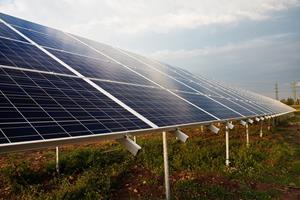
 INTRODUCTION
Introduction to ceramic printed circuit board
Structure of the ceramic PCB
Ceramic substrate
Copper layer
Dielectric layer
Solder mask
Types of ceramic PCBs
Classification according to type of ceramic substrate used
Alumina PCBs
Aluminum nitride PCBs
Silicon nitride PCBs
Silicon carbide PCBs
Boron oxide PCBs
Classification according to manufacturing
High temperature co-fired ceramic – HTCC
Direct bonding copper method – DBC
Thick film ceramic PCBs
Low temperature co-fired ceramics PCBs – LTCC
Thin film ceramic PCBs
Direct platting copper PCBs
Characteristics of the ceramic PCBs
Benefits/ advantages of the ceramic PCBs
High thermal expansion
Adaptability
Durability
Stability
Versatility
Ceramic boards disadvantage
Ceramic PCBs applications
Memory module applications
Transmission module
Digital PCBs
Interconnect boards
Solar panels
Electrical power transmitter
Semiconductor coolers
How to choose the right ceramic PCB manufacturer
INTRODUCTION
Introduction to ceramic printed circuit board
Structure of the ceramic PCB
Ceramic substrate
Copper layer
Dielectric layer
Solder mask
Types of ceramic PCBs
Classification according to type of ceramic substrate used
Alumina PCBs
Aluminum nitride PCBs
Silicon nitride PCBs
Silicon carbide PCBs
Boron oxide PCBs
Classification according to manufacturing
High temperature co-fired ceramic – HTCC
Direct bonding copper method – DBC
Thick film ceramic PCBs
Low temperature co-fired ceramics PCBs – LTCC
Thin film ceramic PCBs
Direct platting copper PCBs
Characteristics of the ceramic PCBs
Benefits/ advantages of the ceramic PCBs
High thermal expansion
Adaptability
Durability
Stability
Versatility
Ceramic boards disadvantage
Ceramic PCBs applications
Memory module applications
Transmission module
Digital PCBs
Interconnect boards
Solar panels
Electrical power transmitter
Semiconductor coolers
How to choose the right ceramic PCB manufacturer








 1 user
1 user






 Continue Wishlist
Continue Wishlist





 Getting Started Guide
Getting Started Guide
 Help Center
Help Center
 Contact us
Contact us
 Doist Blog
Doist Blog
 Privacy
Privacy
 Security
Security
 Terms of Service
Terms of Service
 What's new: Channel Descriptions
What's new: Channel Descriptions




























